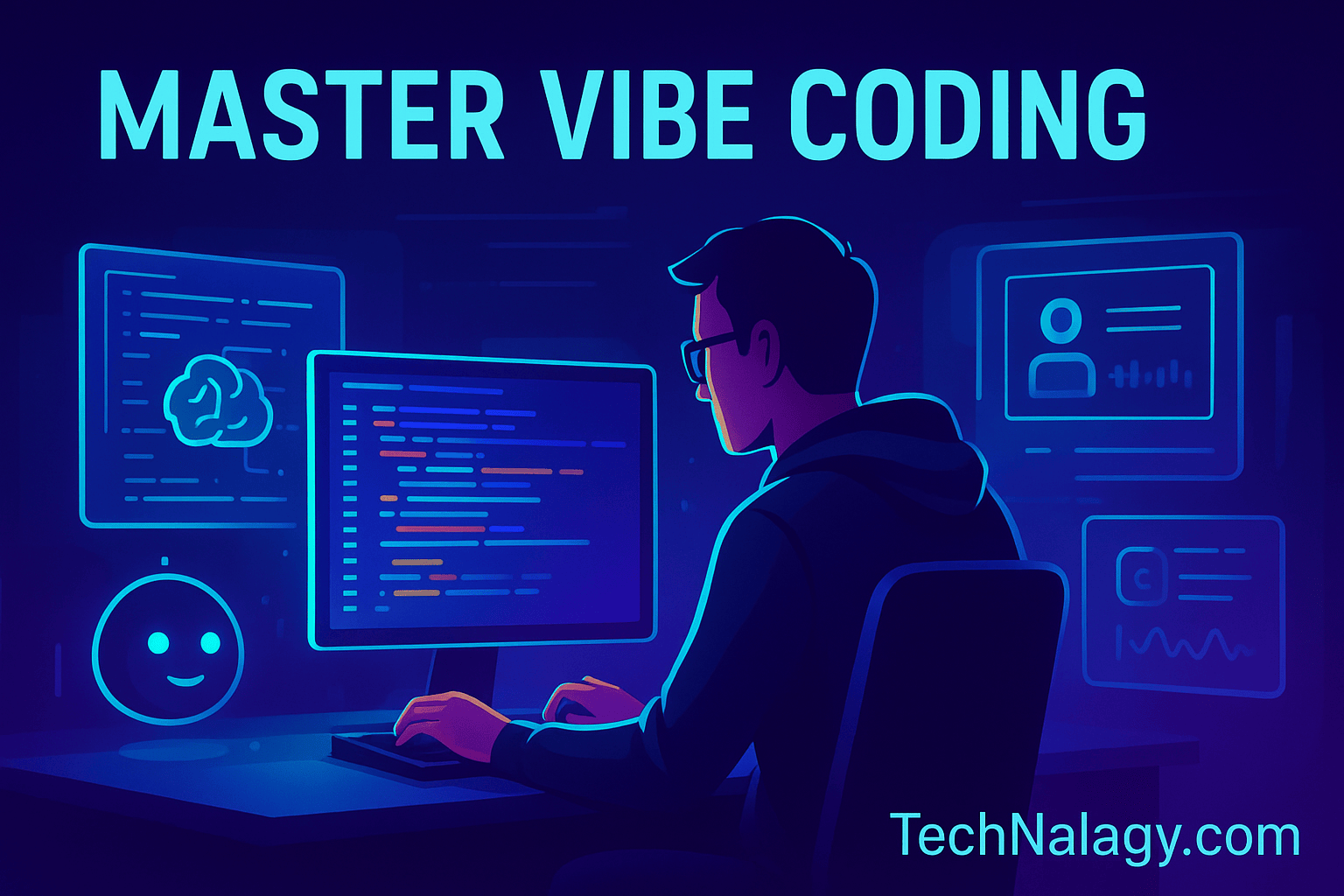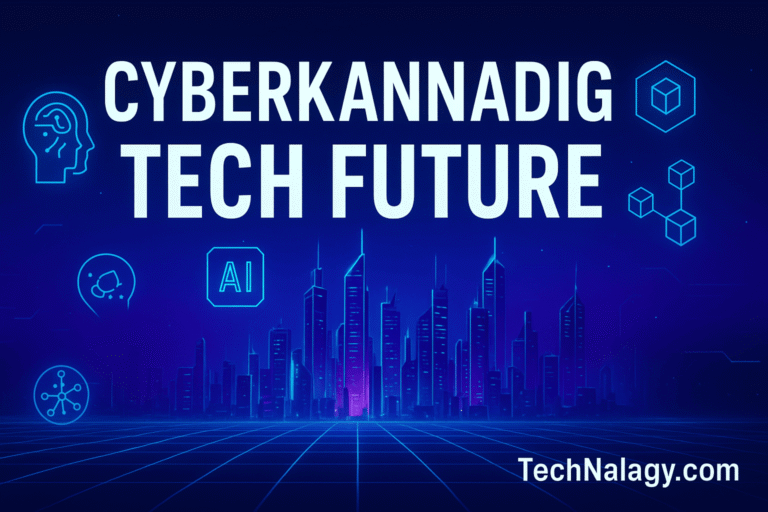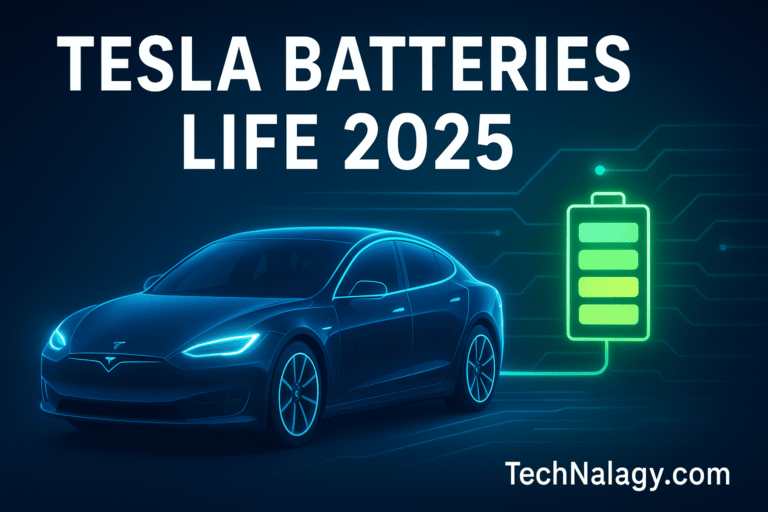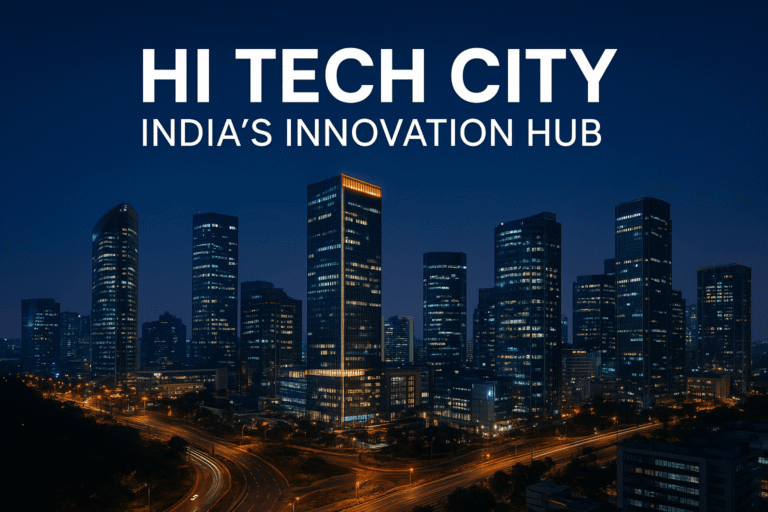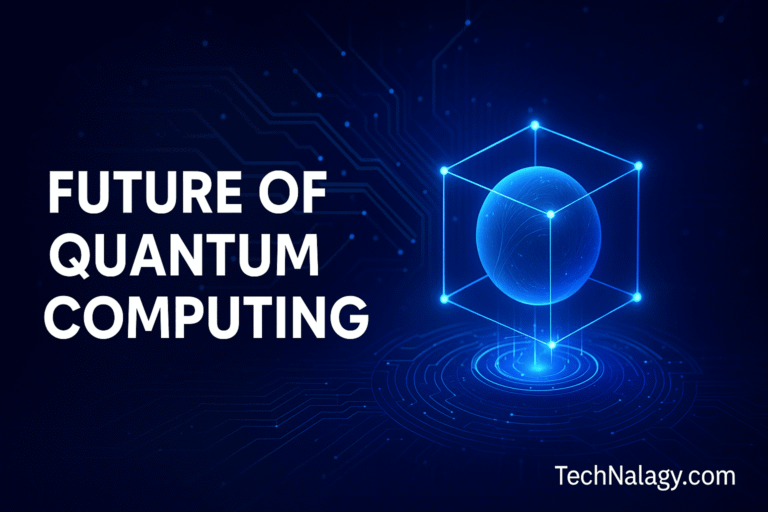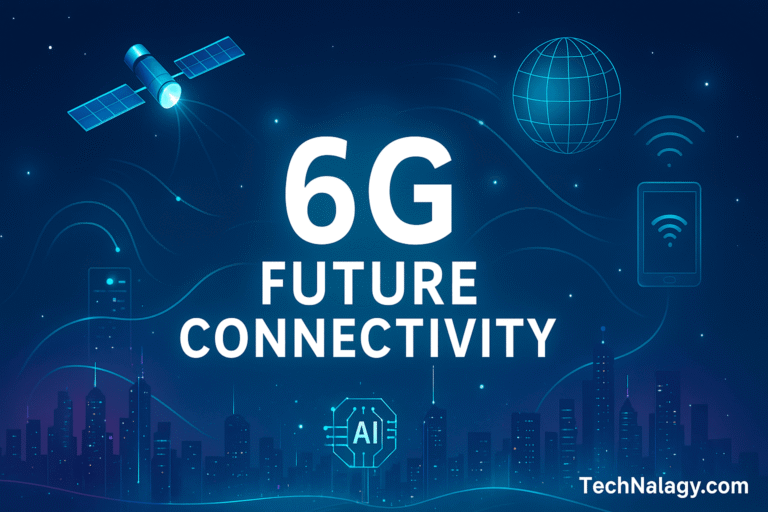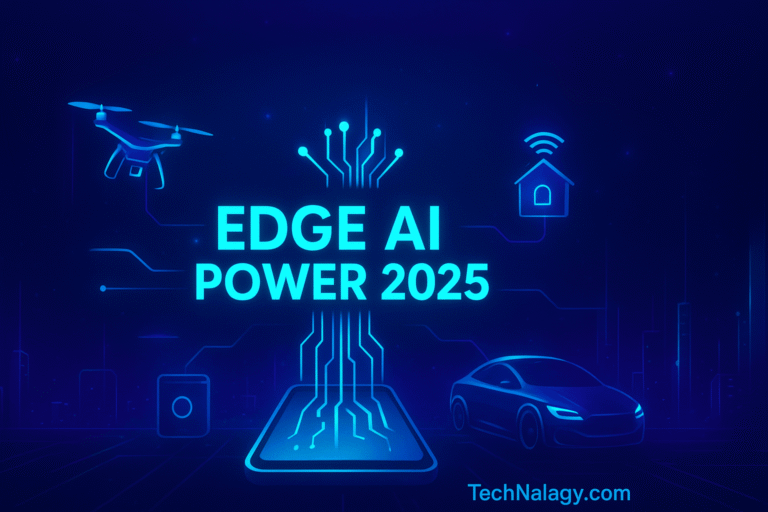What is Vibe Coding? 7 Benefits, Examples, and How to Get Started
Introduction
In today’s fast-moving tech world, coding is no longer just about writing lines of code. It has become a blend of creativity, efficiency, and mindset — a craft that rewards focus as much as technical skill.
That’s where Vibe Coding comes in. This modern approach helps developers stay productive while enjoying the process of building software. By emphasizing flow and personal rhythm, it transforms programming into a more engaging, rewarding experience.
In this article, we’ll explore what Vibe Coding is, its biggest benefits, real-world examples, and practical steps to get started. You’ll also discover how AI tools, automation, and productivity hacks make this method a powerful way to enhance your development workflow.
Table of Contents
What is Vibe Coding?
Vibe Coding is a modern approach to programming that focuses on creating the right mental and environmental flow for developers. Instead of coding in a stressful, task-driven way, developers practice coding in the zone, supported by tools, music, workspace setups, and AI assistance.
Think of it as combining technical efficiency with personal creativity. For example, a developer might use background music, natural lighting, and AI-powered tools to reduce distractions while coding. This fosters a “flow state”—a deep focus where time flies, and productivity peaks.
While traditional coding is all about syntax and algorithms, Vibe Coding recognizes that developer experience is as important as technical execution.
The Evolution of Coding Styles
Coding has evolved from basic assembly programming to today’s AI-driven development. In the early years, efficiency was measured purely by how fast a programmer could write and debug code. Later, agile methodologies and DevOps emphasized collaboration and iteration.
Now, with the rise of AI tools, automation, and productivity hacks, developers are focusing on personal well-being and flow. That’s where Vibe Coding fits—bridging technical accuracy with creative freedom.
👉 To see how AI fits into modern workflows, check out this guide on AI Workflow Automation Tools Explained, which explores how automation can make developers more productive.
7 Benefits of Vibe Coding
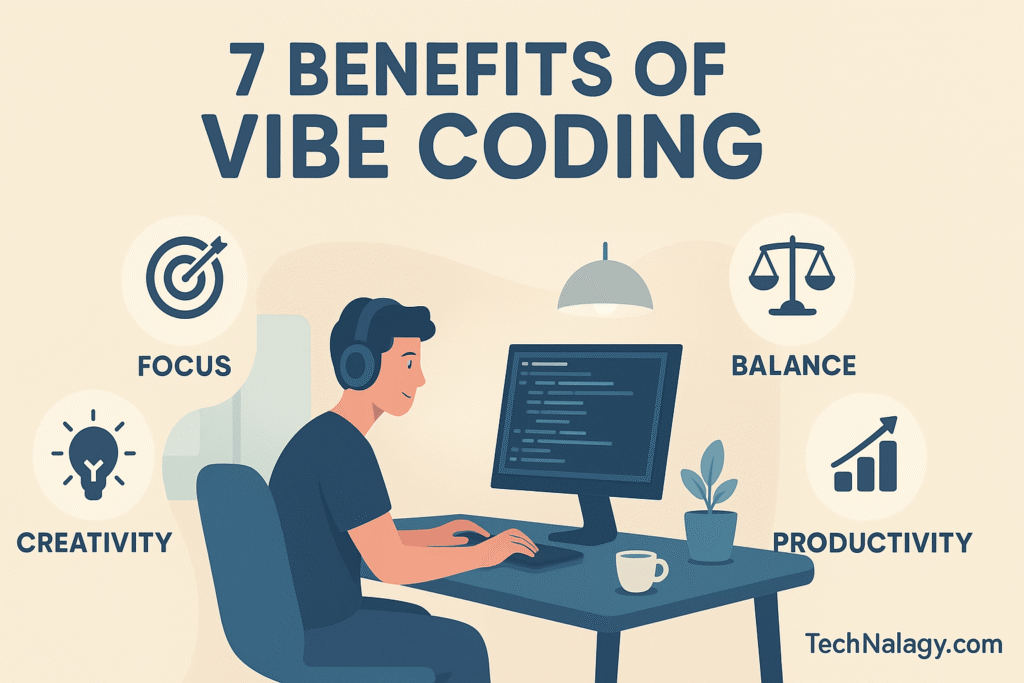
1. Boosts Developer Productivity
When developers enter a flow state, they write cleaner code faster. Vibe Coding minimizes distractions and creates an environment where developers can fully immerse themselves. Studies show that developers in deep focus can complete tasks up to 5x faster.
2. Encourages Creative Problem-Solving
Vibe Coding helps developers think beyond syntax. By relaxing and immersing themselves in the process, programmers often come up with more creative solutions to complex problems, leading to innovative products.
3. Reduces Burnout and Stress
Coding marathons and strict deadlines often cause mental fatigue. Vibe Coding encourages balance, making coding sessions feel more like a creative practice than a chore, reducing the risk of burnout.
4. Enhances Collaboration in Teams
When teams embrace Vibe Coding, they create collaborative rhythms—whether through pair programming with AI assistants or syncing coding sessions with shared goals. This leads to better teamwork and communication.
5. Supports Learning and Experimentation
Beginners find Vibe Coding less intimidating. Instead of rigid structures, they can learn coding concepts while enjoying the process, experimenting with tools, and gradually improving their skills.
6. Aligns with AI-Assisted Development
Modern development heavily involves AI assistants like GitHub Copilot and ChatGPT. These tools naturally align with Vibe Coding by automating repetitive tasks and freeing developers to focus on creative coding.
👉 If you want to go deeper into practical tools, see this guide on Best Machine Learning Libraries for Python in 2025—a great example of how AI-powered tools enhance coding.
7. Creates Long-Term Coding Habits
Vibe Coding isn’t just a trend—it helps developers build lasting habits. By creating enjoyable routines, developers are more likely to stick with coding long-term, improving both skills and career growth.
Real-World Examples of Vibe Coding
Developers worldwide are already embracing Vibe Coding in different ways:
- Music-driven coding sessions: Many coders use lo-fi beats, classical music, or ambient soundscapes to set the mood.
- AI-assisted workflows: Tools like Copilot generate boilerplate code, letting developers focus on creativity.
- Startup culture: Innovative companies are designing office spaces that encourage Vibe Coding with quiet pods, mood lighting, and collaborative tools.
Even leading institutions like MIT Technology Review have highlighted how AI-assisted workflows are shaping the developer experience.
How to Get Started with Vibe Coding
1. Set Up the Right Coding Environment
Choose an IDE you’re comfortable with, use extensions that reduce distractions, and design your workspace with lighting and comfort in mind. Adding music or background sounds can also help you get into the zone.
2. Develop a Coding Routine
Consistency matters. Try coding at the same time each day, use time-blocking techniques, and find your personal peak productivity hours.
3. Use AI Tools for Flow
Leverage AI assistants like GitHub Copilot, ChatGPT, and workflow automation tools to reduce repetitive tasks and keep momentum.
👉 To discover useful tools, explore Top 10 Artificial Intelligence Tools for Productivity in 2025, which covers AI solutions that can fit perfectly into your Vibe Coding routine.
4. Practice with Small Projects
Start small—like building a personal website or automating simple tasks—then gradually scale to more complex projects. This builds confidence while keeping the process enjoyable.
The Future of Vibe Coding
As AI continues to transform industries, Vibe Coding will become even more important. We’re moving towards human-centered coding practices, where productivity and mental well-being go hand in hand.
By 2030, developers may work in AI-powered environments that automatically adjust lighting, suggest music, or optimize code style — all designed to keep them “in the vibe.” Teams may adopt this approach as a standard practice, blending creativity with automation.
Conclusion
Vibe Coding is more than a trend — it’s a shift in how developers approach programming. By focusing on flow, creativity, and balance, this method helps coders enjoy the process while achieving higher productivity.
If you’re a beginner, start small: adjust your workspace, add some AI tools, and find your personal rhythm. Experienced developers can also integrate this approach into their workflow to unlock creativity and reduce burnout.
The future of software development isn’t just about code—it’s about the vibe you bring to the code.
FAQs
What is Vibe Coding in simple terms?
Vibe Coding is an approach to programming that focuses on creating the right flow and mindset while developing software. It blends productivity, creativity, and balance, helping developers enjoy the process as much as the result.
2. How is this approach different from traditional coding?
Unlike conventional coding, this method prioritizes a relaxed, focused environment where developers can work creatively and maintain steady productivity.
3. Can beginners practice it?
Absolutely! Beginners can start by setting up a comfortable workspace, adding background music, and using AI tools to simplify repetitive tasks. These steps make coding less intimidating and more enjoyable.
4. What tools support a good workflow?
Popular options include AI assistants like GitHub Copilot, ChatGPT, and workflow automation software. A distraction-free IDE, ambient lighting, and organized code libraries also help.
5. Is it just a trend or a lasting practice?
It’s much more than a passing trend. As AI and automation evolve, this style of programming is becoming a sustainable practice that supports creativity, productivity, and long-term job satisfaction.

Kamran Khatri is the founder of technalagy.com, where he shares insights on AI, future tech, gadgets, smart homes, and the latest tech news. Passionate about making innovation simple and accessible, he writes guides, reviews, and opinions that help readers stay ahead in the digital world.

